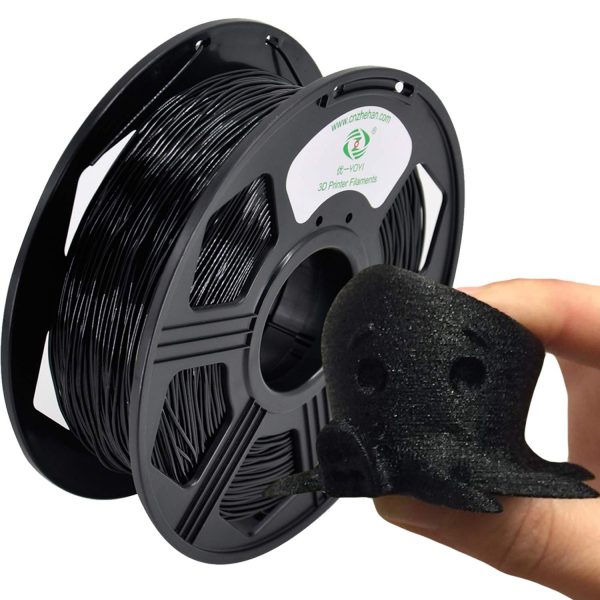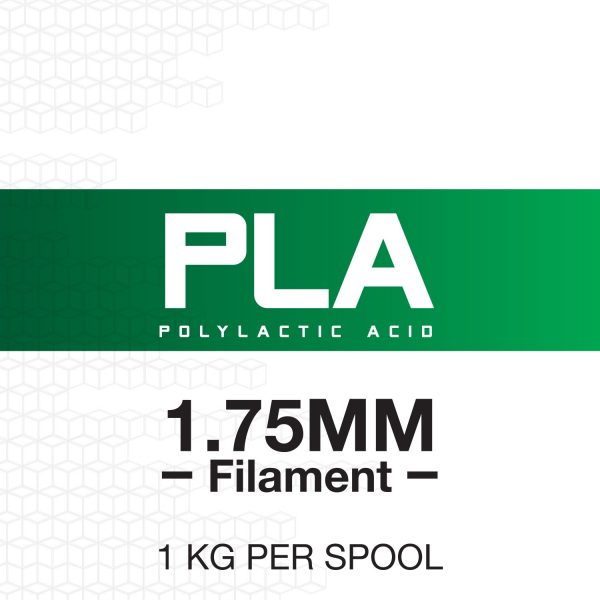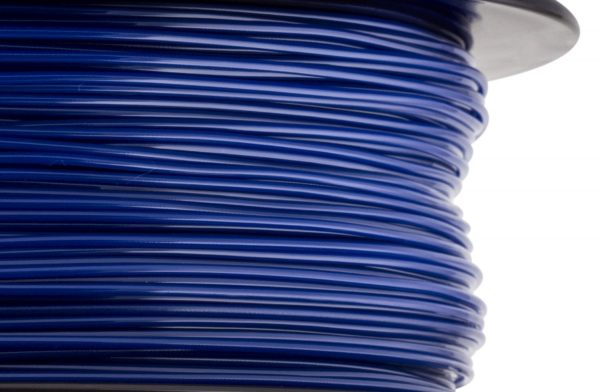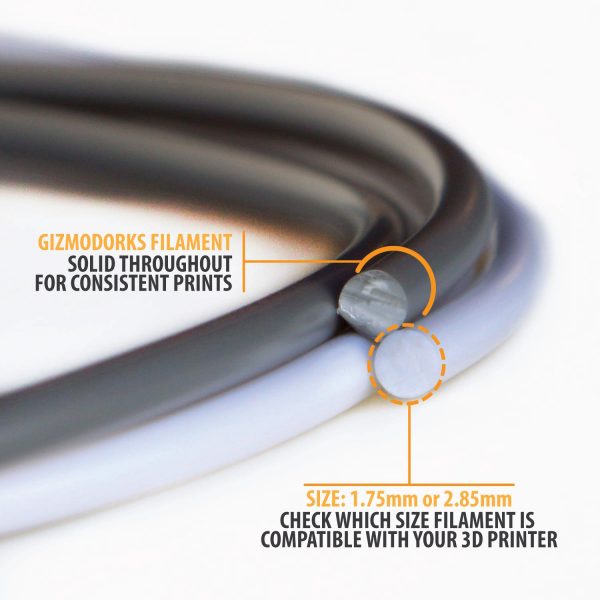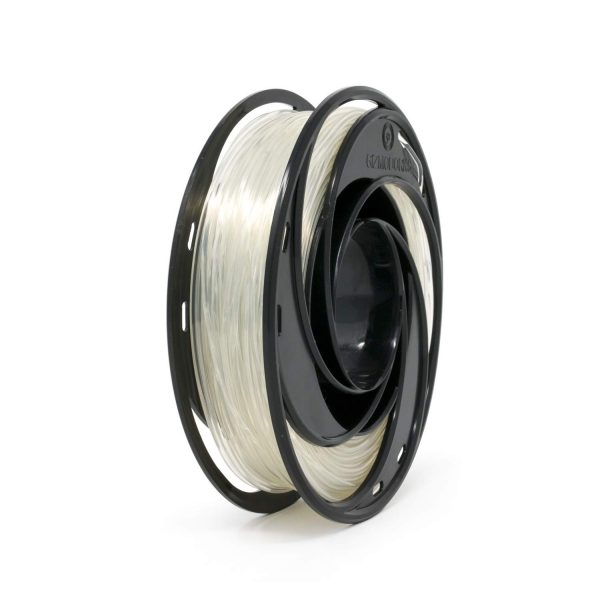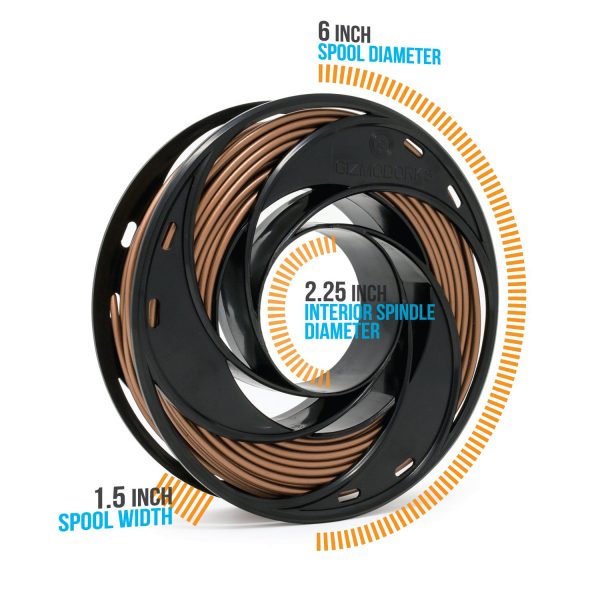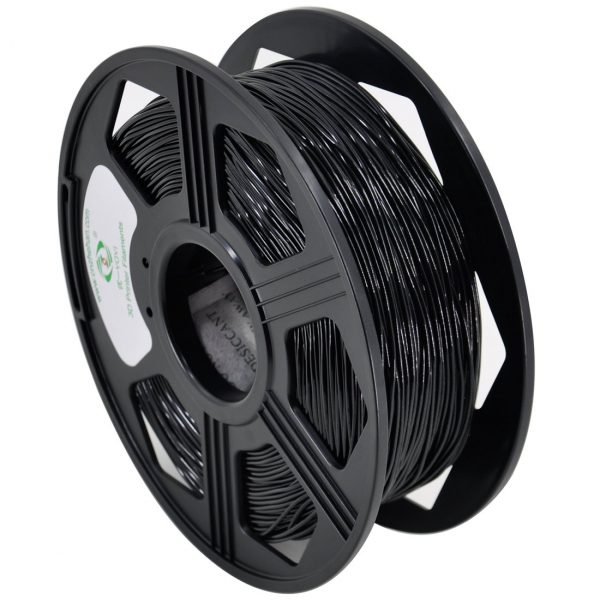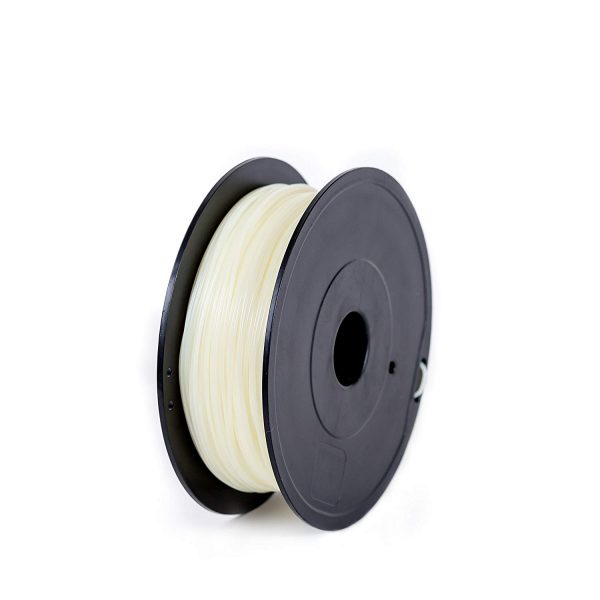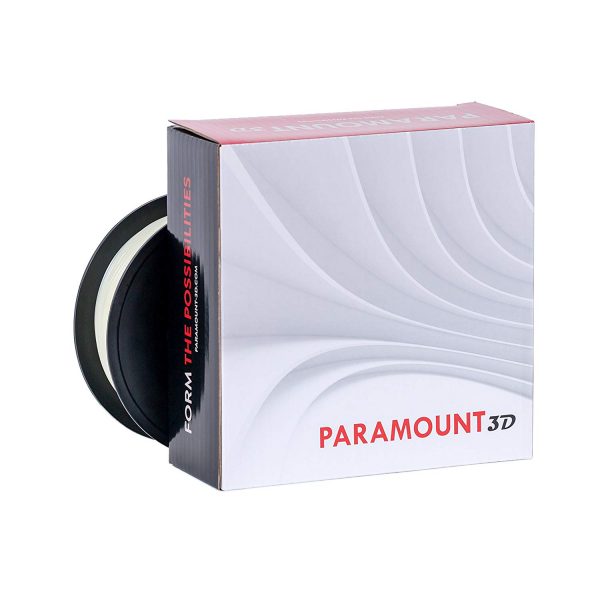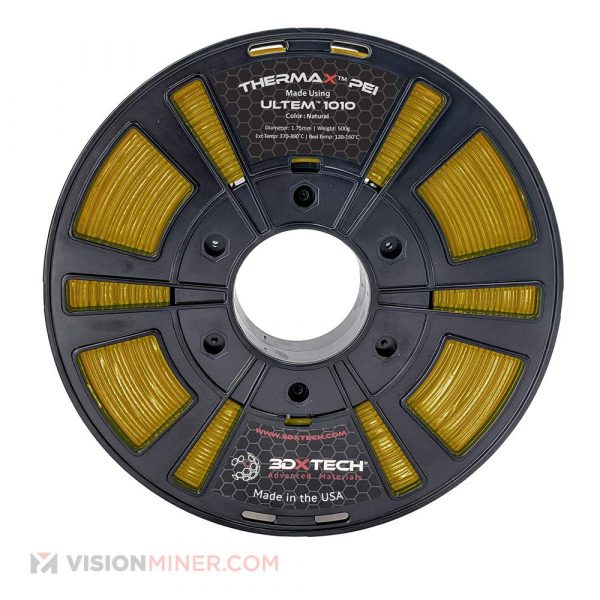3D printing is joining layers of material to create a three-dimensional object. A 3D printer filament is the “ink” used for 3D printing. It’s a thread-like substance assembled into different shapes. A computer-aided design (CAD) software creates the shapes. 3D printing starts with an idea. The idea stems out from a design in the CAD software. After this, the act of printing the object begins. This where a 3D printer filament is used. Without the filament, there is no 3D printing. So choosing the best 3D printer filament is important. Base it on your needs, your budget, and your vision of a 3D object.
3D Printer Filaments
There are a lot of 3D printer filaments available out there. Every 3D printer has a different need from the other. A 3D printer can create different 3D objects too. There is almost no end to the possibilities that a 3D printer can do. Its uses range from functionality to entertainment purposes. There are a lot of types and brands of 3D printer filaments. A wide range of industries uses 3D printing. A 3D printer can create a simple sink scrub at home or a part of an airplane. The key to finding the perfect 3D printer is to know your needs. Here are 5 best 3D printer filaments specially curated for your needs:
1. PLA (Polylactic Acid)
The most common and known 3D printer filament is PLA (polylactic acid). This is widely available and comes in a lot of colors. It is more environmental-friendly compared to the other 3D printer filaments. PLA is created with starch, corn, or sugar cane. These are renewable resources. If you have just discovered 3D printing and is new to the industry, then PLA is the best filament type for you. PLA is one of the easiest filament types to work with. This makes the printing process much smoother and faster. Although PLA is the most common type and most widely available, it lacks durability. Over time, the 3D object printed with PLA will undergo a phase called creep. Longer usage time can alter the shape of the 3D object. This decreases its functionality. So if you’re looking for a quick fix that you need not last for very long, PLA is the 3D printer filament for you.
2. Nylon
Nylon is a 3D printer filament known for its strength. It is also flexible, light, and safe to wear. So if you want to 3D print a Storm Trooper helmet to use during a comic con or ca replacement for that lost small bike gear, then the nylon filament is for you. This 3D printer filament can be stiff but there are a lot of fillers to solve that. Nylon is also known to be the king of impact strength so there are no worries about breaking your newly printed mug. Although Nylon is known for its durability and strength, it needed not to give up the physical feature of a 3D object. The nylon filament comes in a few colors but you can dye it. So no worries about your nylon 3D-printed vase to look boring. You can dye your nylon filament with different colors and enjoy the functionality and aesthetics.
3. TPU (Thermoplastic Polyutherane)
Some 3D-printed objects need their flexibility. A 3D-printed cable tie, key-string, or even a shot glass are more functional when they are flexible. TPU (thermoplastic polyutherane) is a flexible 3D printer filament. It’s a flexible plastic. TPU is just like rubber but more versatile. Rubber is already carbonized so even though it is very flexible, it can’t be melted again to be made into a different object. TPU is flexible but can be melted down again. It’s very convenient for when you make mistakes during the 3D printing process. However, the properties of 3D printer filaments is a give-and-take task. TPU’s flexibility gave way for its thermal resistance. So make sure that you don’t leave your TPU 3D printed key string in the car during summers!
4. PVA (Polyvinyl Alcohol)
If you want to 3D print something that you will need to get rid of easily, then PVA is the 3D printer filament for you. PVA (polyvinyl alcohol) is most commonly known as glue sticks. This 3D printer filament is soluble. Which is why industries use this filament for packaging. An example is using PVA for wrapping fiberglass for transport and dissolving the PVA wrapper right after. Or 3D printing a bag using PVA and stuffing it with fish bait. When you go fishing, you could just drop the 3D printed PVA bag into the water and watch it dissolve, releasing the fish baits into the water, and making your fishing experience easier. PVA dissolves completely unlike the 3D printer filament type BVOH (Butenediol Vinyl Alcohol Co-polymer). BVOH leaves blobs of strings in the water so it is not very environmentally friendly.
5. PEI (Polyetherimide)
PEI (polyetherimide) is considered as one of the strongest 3D printing materials. Joseph Wirth of the General Electric’s Plastics Division developed the substance during the 1980s. PEI is commonly known as ULTEM. It has the same qualities as PEEK (polyether ether ketone) but much cheaper. PEI or ULTEM is commonly used in engineering industries. Its durability makes it the perfect material for the plastic parts of an aircraft. ULTEM’s physical properties include thermal resistance, stability, chemical and flame resistance, and high dielectric stability. If you’re an engineer who needs the best 3d printer filament for your projects then PEI (ULTEM) is the perfect match for you. This substance has gained numerous aerospace certifications. It is also flame-resistant so you’re sure that if a malfunction happens, you won’t be burning your workplace down to ashes. PEI’s (ULTEM) thermal resistance enables it to still be stable even when the temperature gets very high. This means that the 3D object will retain its shape and durability even in extreme temperature. This substance can withstand fire up to 450 degrees so a high external temperature will not budge it. The PEI 3D printer filament is good to use for aerospace, automotive, electrical, food, and medical industries.
